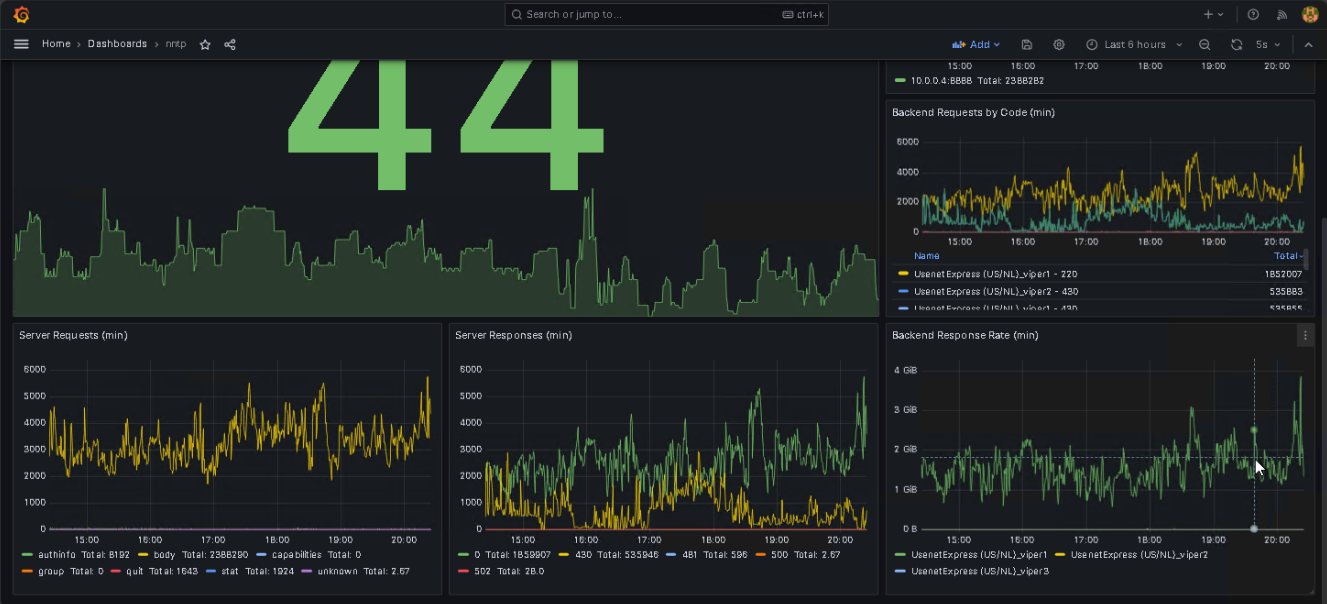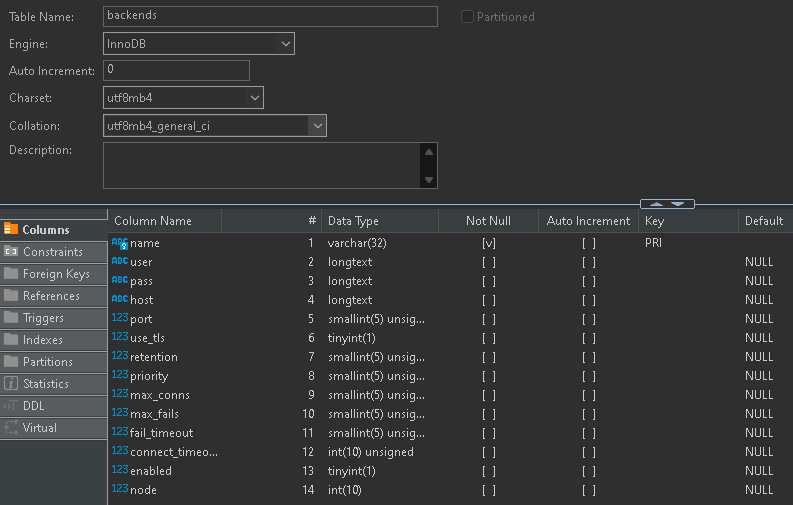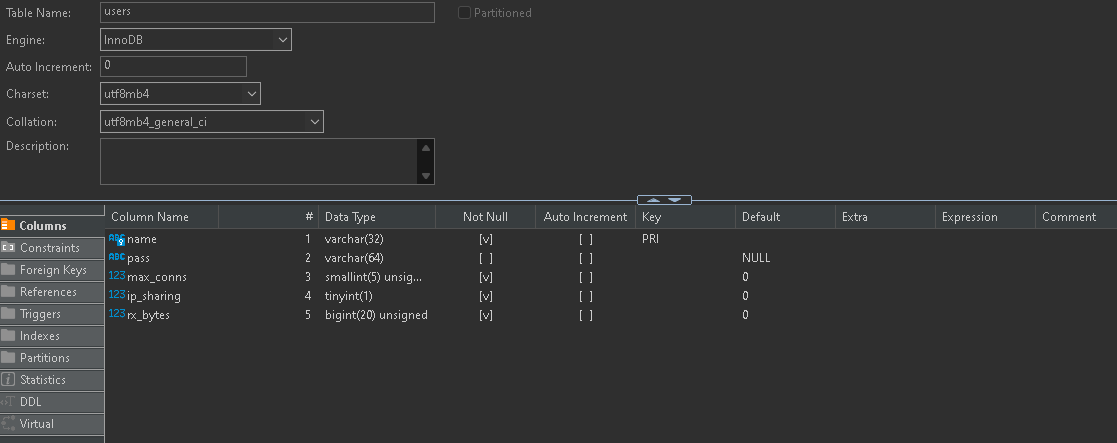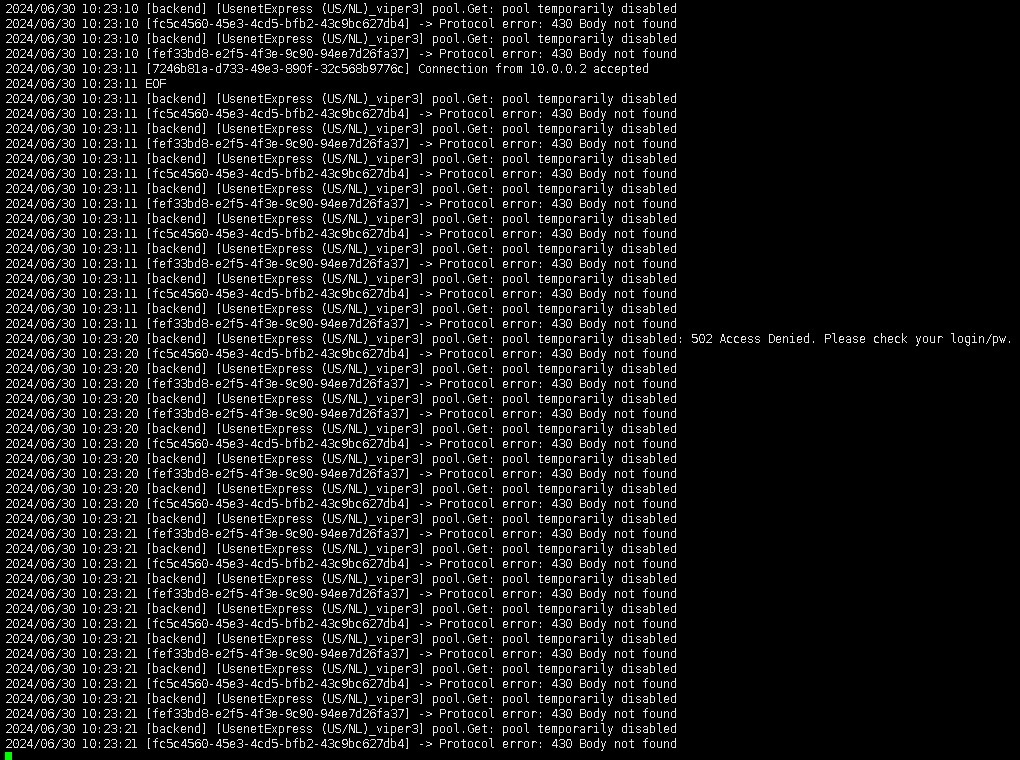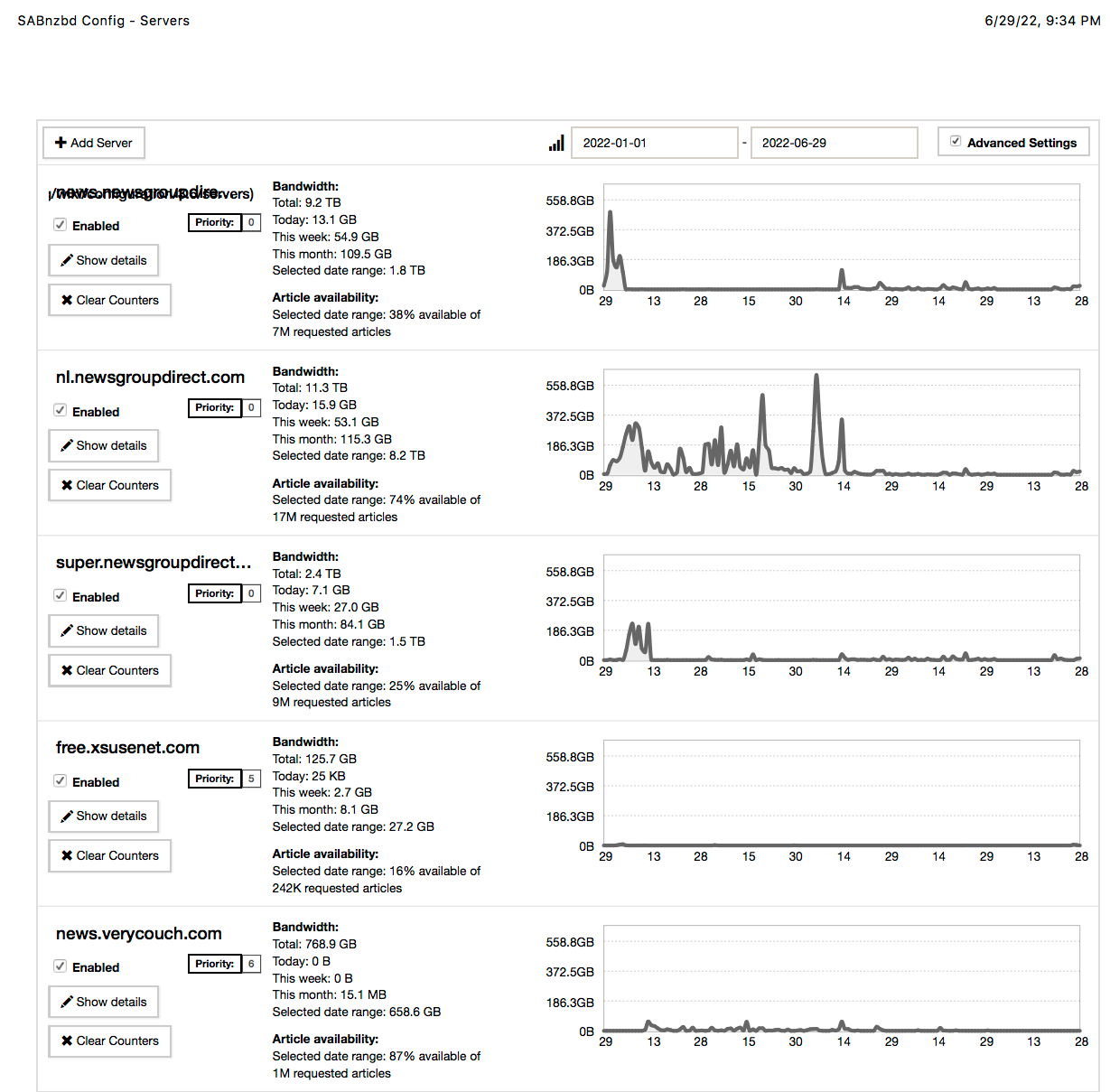- Start your own independant tier 2 usenet business without the need for any storage.
- Everyone is a cowboy here.
- Share your account with friends and family using your home computer easily.
- Usenet providers don't allow an account to be used from multiple IP's. Running a plexer allows you to bypass it. Your users are not allowed to share their account from multiple ip's. They can run the same plexer to bypass it.
- Compiles to 1 binary to execute with ease for any OS and does multicore. Something like go mod download -x && go build should work on Linux & Windows.
- Linux binary: https://raw.githubusercontent.com/ucrawler/nntplexer/main/nntplexer
- Windows binary: https://raw.githubusercontent.com/ucrawler/nntplexer/main/nntplexer.exe
- Inspired by https://github.com/ovpn-to/oVPN.to-Advanced-NNTP-Proxy
- NNTP protocol multiplexer with auth, stats, multiple backends, etc.
- 1 gbit throughput per vm core, backends are tried in sequential order by priority in case of missing article.
- You are gonna need 1 or more hetzner 2 core vm's for internal and 1 upto 4 hetzner 1 core vm's for external (RRDNS) (SSL offloading) and 1 or more accounts from https://whatsmyuse.net/ for every internal backend backbone.
- Clients are load balanced using ip hash, client accounts use the same internal always so your other internal backbone accounts are protected. :-)
- Destroy and re-create VM when reaching 20 TB to reset bandwidth and avoid paying the 1 EUR per TB surcharge.
- I suggest 1 external and 1 internal to start out with to 'hide' the IP fetching the article. :-)
- Only external counts for bandwidth at hetzner.
- 1 ngninja account allows you to split 50 connections between upto 50 client accounts at the same time to access usenet with over 2 gbit/sec speed.
- Add 3 accounts and set your client to 150 connections for a chuckle.
- You need to shorten the distance as much as possible between your proxied account's host and the internal.
- A VM in Ashburn, Virginia will give you these results with above account. Experiment from there.
- Just imagine the flow in your head, total latency between all hops == speed.
- Usenet -> internal -> external -> client
- client -> external -> internal -> Usenet
- https://www.google.de/maps/place/Ashburn,+VA,+USA/@44.5185112,-79.1564869,5z/data=!4m6!3m5!1s0x89b615f166fcc957:0x9da316eb11e3d5b!8m2!3d39.0437567!4d-77.4874416!16zL20vMDVwNDZr?entry=ttu
- 2 gbit/sec = 285 roundtrips per sec sequentially per backend.
- Will you be able to reach https://www.fdcservers.net/configurator?fixedFilter=15&fixedFilterType=bandwidth_option ?
- Does anyone really know how usenet works? Imagine there is only 1 backbone in reality and you can lease it to start another backbone and you start fresh with no 'missing articles'... 8 backbones storing 300 TB daily feed size == 2400 TB of new storage being added on a daily business. Do you work together or struggle together???
generate ssl with letsencrypt, switch to positivessl to support the remaining 1%
nginx.conf
upstream nntplexer {
hash $remote_addr;
server 10.0.0.3:9998;
server 10.0.0.4:9998;
}
stream {
server {
listen 9999 ssl;
ssl_certificate /etc/nginx/bundle.crt;
ssl_certificate_key /etc/nginx/key.txt;
proxy_pass nntplexer;
proxy_protocol off;
}
}[server]
addr = "0.0.0.0"
port = 9998
proxy_protocol = off
node = 2 or 10- ...
- Cache articles on mongodb using ttl.
- Cache articles 'multi continent' conveniently using CloudFlare R2.
- Use JBOD for article caching, we don't care about data loss and want to minimize data loss on a drive issue. Spread articles between JBOD's using postdate somehow. Re-fetch from secondary backends.
- Skip backends using article postdate and backend retention.
- Skip backend when poster name doesn't match. :-)
- Replace mysql with sqlite.
